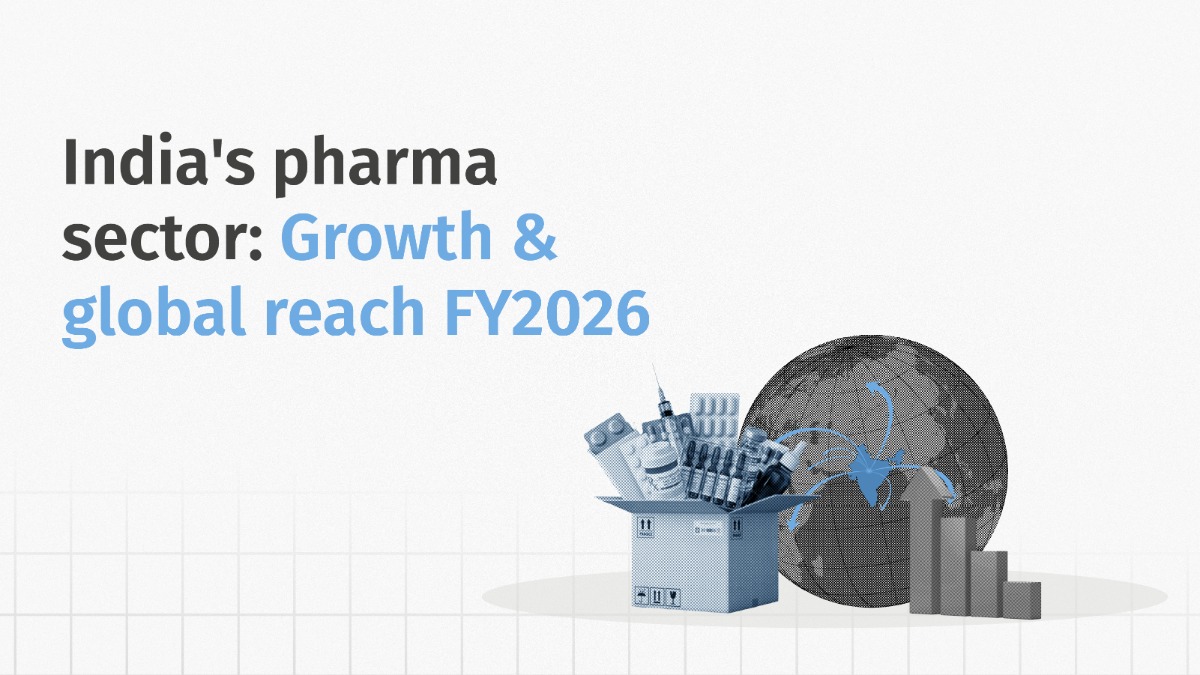
The Indian pharmaceutical industry’s defining trend currently is the shift from volume-led growth to value- and innovation-led expansion. Indian companies are investing significantly in R&D, complex generics, biosimilars, and specialty drugs. The surge in collaborations for new molecule development and digital therapeutics signals a move toward higher-margin, science-driven models, said Bhavin Mukund Mehta, whole-time director, Kilitch Drugs and vice chairman, Pharmexcil.
Simultaneously, the industry is embracing digitalization using artificial intelligence, data analytics, and automation to streamline discovery, quality control, and manufacturing. The sector stands at an inflection point balancing its global leadership in generics with the growing imperative of innovation, self-reliance, and digital transformation. As we approach the end of 2025, the sector continues to display remarkable resilience and relevance, reaffirming its position as a cornerstone of both national health and global supply chains, he added.
No doubt, this industry’s fundamentals remain strong, said Mehta and quoted Pharmexcil data to state, “Pharmaceutical exports touched US$ 30.5 billion in FY 2024–25, registering over 9% year-on-year growth. The domestic market, estimated at US$ 55 billion, is projected to cross US$ 130 billion by 2030, driven by rising healthcare spending, policy reforms, and growing chronic disease prevalence. India continues to supply about 20% of global generic medicines and nearly 60% of global vaccine which is a testament to its scale, quality, and trust.”
A major trend is the convergence of pharma and digital health. Companies are integrating telemedicine, wearable technologies, and AI-driven diagnostics to support preventive care and patient adherence. This evolution marks a shift from ‘medicine supply’ to ‘health solutions,’ aligning with India’s larger healthcare transformation, he said.
Self-reliance remains another critical pillar. Under the production linked incentive (PLI) scheme, India is rebuilding its API and bulk drug manufacturing capacity, reducing dependence on imports and fortifying supply chain security. Several bulk drug parks and formulation clusters are coming up, helping drive economies of scale and competitiveness while adhering to global quality standards, noted Mehta.
Despite its strengths, the industry faces persistent challenges. Global pricing pressures, tightening regulatory norms, and rising compliance costs have strained profit margins. Skill gaps in high-end research and manufacturing technology also need urgent attention. Domestically, ensuring equitable access, strengthening pharmacovigilance, and balancing affordability with innovation remain policy priorities.
Sustainability is another emerging focus—Indian manufacturers are increasingly expected to adopt green chemistry, energy-efficient manufacturing, and responsible waste management practices, he said.
In essence, the Indian pharmaceutical industry’s drive from the pharmacy of the world to the innovation hub of the future is well underway. Its success will depend on how effectively it integrates science, policy, and compassion—building not just economic strength, but also a healthier, more equitable India and world, said Mehta.
Source : Pharmabiz





